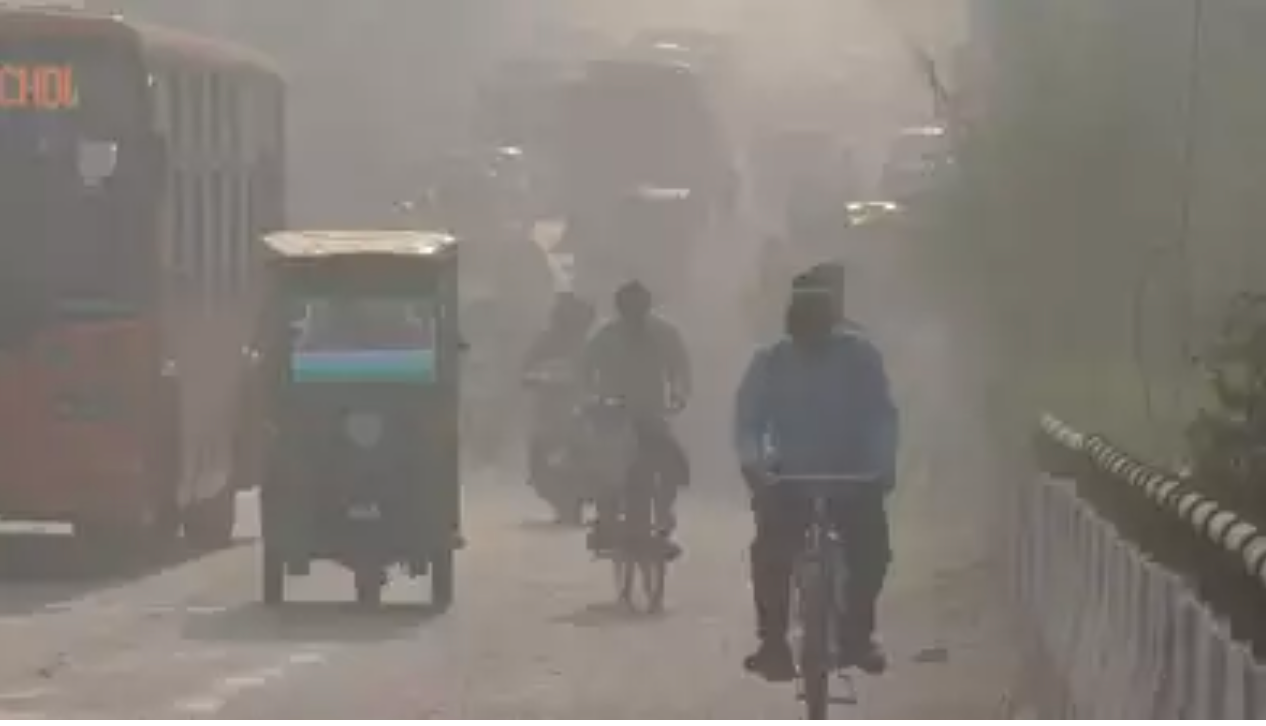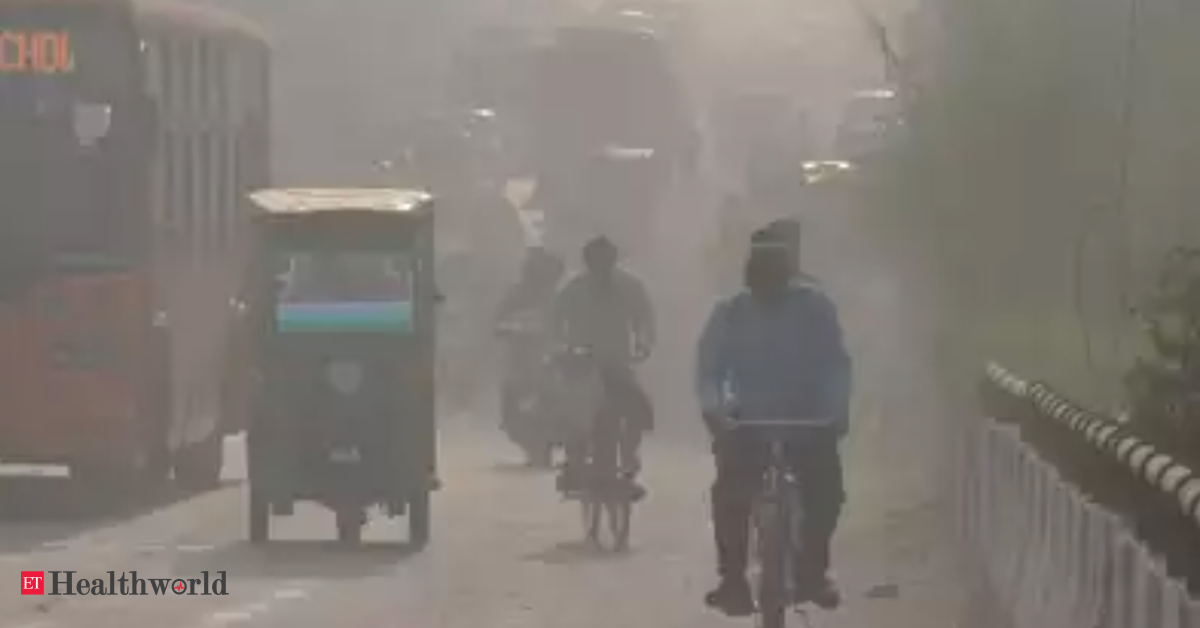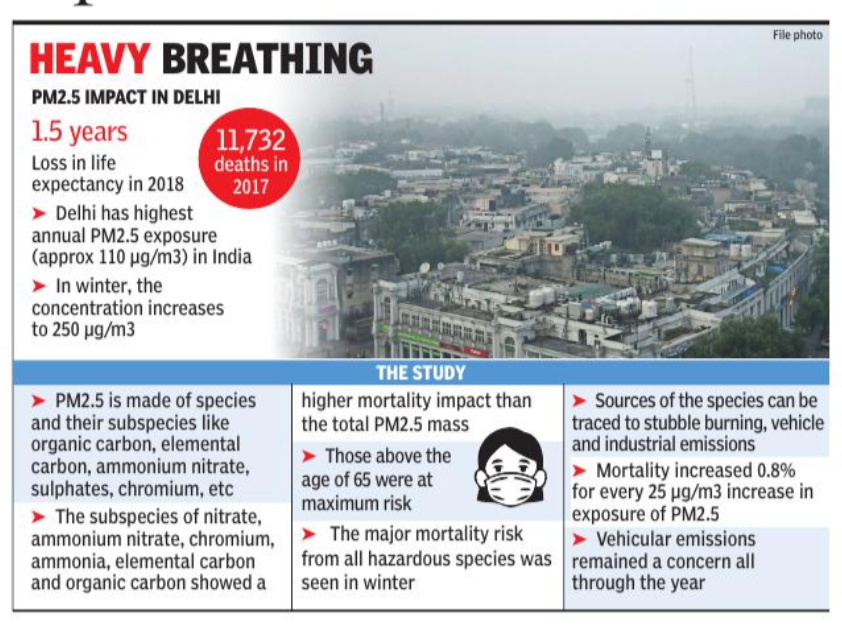
The study took 15 major chemical compounds forming PM2.5, tracked their sources, like emissions from biomass, coal, vehicle, soil, etc, and found how Delhiites were dying faster by getting exposed to such compounds even over a smaller period of 24 hours.
Titled “Association between acute exposure to PM2.5 chemical species and mortality in megacity Delhi”, it’s the first study in India that establishes the danger of PM2.5 constituents. It also finds how Delhi’s issues, owing to geography, meteorology, etc, are different from the US, Japan or elsewhere. It stresses on the need to understand that the elements that make PM2.5 are critical in guiding policymakers to control their source to maximise health benefits.
The analysis was carried out by Dr Sagnik Dey, Pallavi Joshi and Srishti Jain from Centre for Atmospheric Sciences, IIT-Delhi; Santu Ghosh from St John’s Medical College, Bengaluru; and Sudhir Kumar Sharma from CSIR-National Physical Laboratory, Ghaziabad.
The researchers pointed out that unlike the US and other countries, the “riskiest species” in Delhi were not metallic components (like iron, arsenic, lead), but elementary carbon from fossil fuel combustions, organic carbon emitted by biomass burning, along with nitrates and sulphates produced from vehicles and local and incomplete diesel burning.
Nitrates and sulphates react with ammonia in Delhi’s air to form ammonium nitrate, which increases mortality by 3.89% over a smaller exposure period of only two days, and ammonium sulphates increase mortality by 2.4% within a day’s exposure.
“The elements that form PM2.5 are far more dangerous. While our focus was on dust control through construction, etc, the elements from burning need to be addressed first. We often see NOx and SOx in air under control, but they are being consistently emitted and react with ammonia in the air to form ammonium nitrate and sulphates. This is accelerating mortality in Delhiites. Similarly, chromium emitted by biomass burning during summers and fossil fuel burning during winters is increasing mortality by 3.61% within two days of exposure,” said Dey, associate professor, IIT-Delhi.
Asked about the source of ammonia in Delhi’s air, Dey pointed towards agriculture fertilisers. Males were at a higher risk from nitrate and sulphates and related compounds, along with carcinogen chromium. Women were more prone to elementary and organic carbons, which increased mortality by 2.9% and 2.73%, respectively, within a day’s exposure.
Those aged above 65 years were the most vulnerable group prone to mortality effects from maximum chemical species. “Our risk estimates on mortality suggest that any source mitigation in terms of biomass burning, vehicular emissions and secondary nitrates could bring a significant reduction in health effects, especially fatal outcomes in Delhi,” the report suggested.




